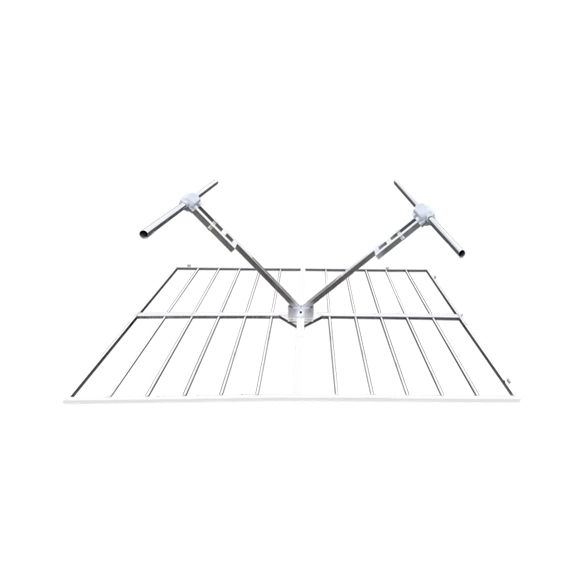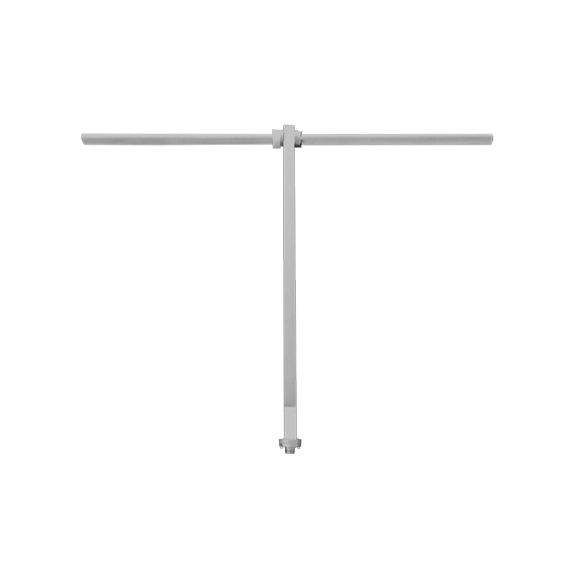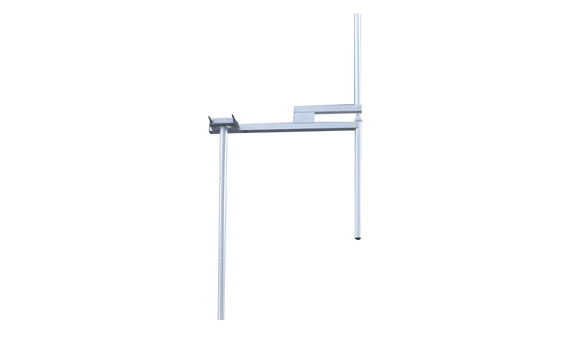Newglee FM antennas are high-performance solutions designed for robust radio frequency signal transmission in broadcasting systems. Engineered with durability and efficiency in mind, these antennas utilize corrosion-resistant materials and advanced construction to ensure long-term reliability in diverse environmental conditions. Their modular design allows flexible configurations, supporting scalable deployments across various transmission setups. Built to withstand extreme weather, the antennas offer exceptional wind resistance and stable operation across a broad temperature range. Featuring user-friendly installation and low-maintenance integration, they accommodate diverse polarization modes and power requirements while maintaining consistent signal integrity. Ideal for FM broadcasting networks, Newglee antennas deliver a balanced blend of resilience, adaptability, and operational efficiency to meet modern transmission demands.



Remote broadcast towers require durable, low-maintenance FM antennas to ensure reliable long-term performance. Key features include weather-resistant materials, such as stainless steel and fiberglass, to withstand harsh environments. Broadband antenna designs reduce the need for frequent adjustments, while high-efficiency radiation patterns optimize signal coverage. Lightning protection systems and rugged mounting structures enhance durability. Additionally, antennas with self-monitoring capabilities help detect performance issues remotely, minimizing on-site maintenance. Choosing a robust, low-maintenance FM antenna improves broadcast reliability, reduces operational costs, and ensures uninterrupted signal transmission in remote locations.

Lightning-resistant FM antennas employ grounded aluminum or stainless-steel masts with Faraday cage principles to divert strikes away from sensitive components. Key features include gas discharge tubes (GDTs) and polyphasic surge suppressors integrated into coaxial lines, neutralizing high-voltage surges. Dielectric insulators isolate antenna elements, while low-impedance grounding systems (meeting IEC 62305 standards) channel energy safely into the earth. Weatherproof, non-conductive radomes shield hardware from direct exposure. For towers, cone-of-protection placement and bonding networks minimize side flashes. Regular maintenance of grounding rods and surge protectors ensures compliance with NFPA 780 safety codes, safeguarding broadcasts and equipment during storms.
